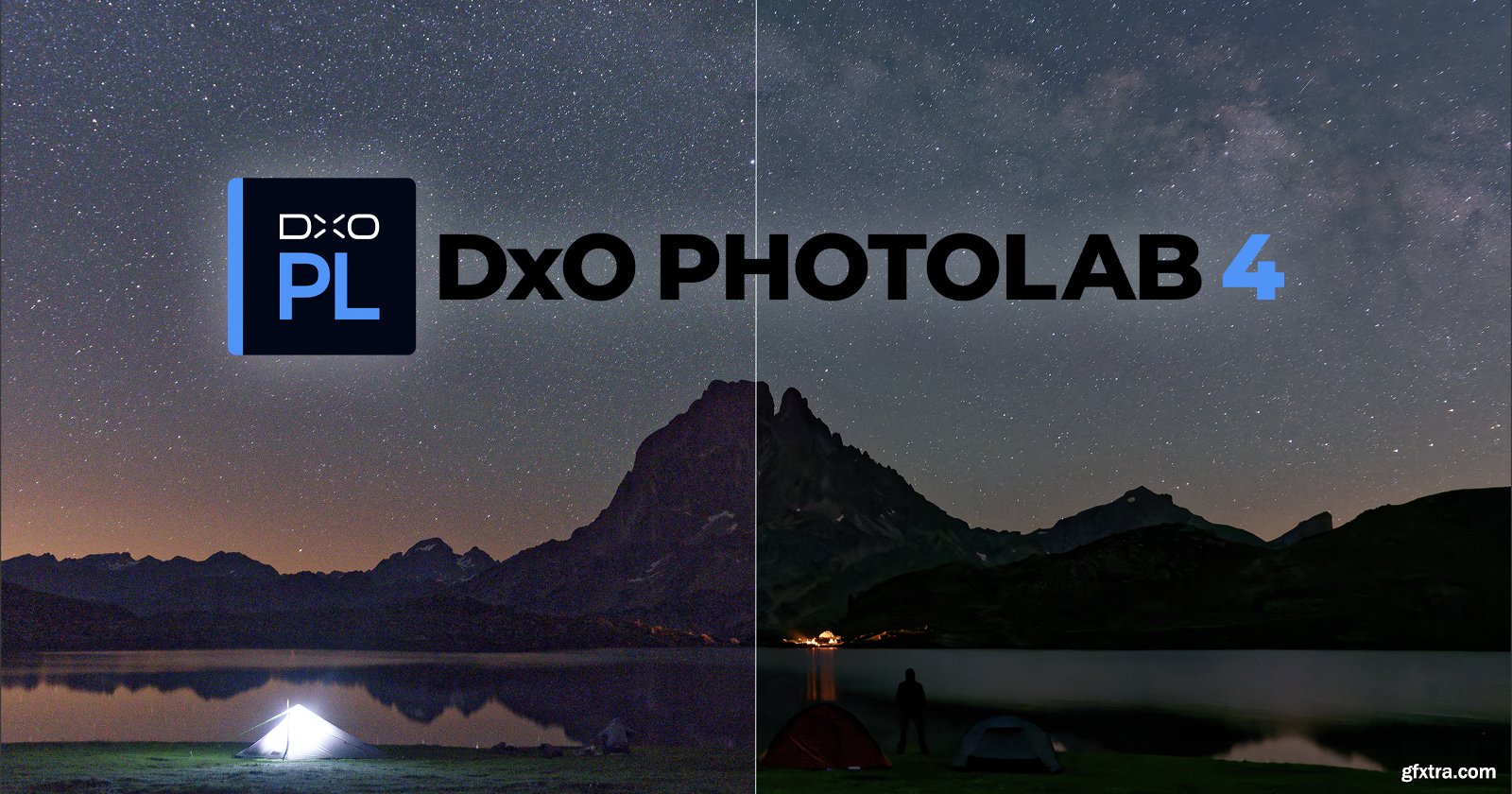

However, there’s kind of a drawback to it - and this is that each camera’s output already has a distinct signature that is a combination of the properties of the lens used (you have that with film, too) and the sensor.
Dxo filmpack photoshop plugin software#
Basically, what you do is that you open a picture (the software supports JPEG and TIFF files), select a film base that you would like to be emulated, let the software do the calculations and then you’ll be presented with a picture that looks like it was taken on film. What DxO FilmPack is, is essentially a collection of algorithms that will emulate the look of a specific positive or negative film in a digital image. And this is where softwares like DxO FilmPack come in.
Dxo filmpack photoshop plugin full#
But since not everybody enjoys the fact that each roll of film has to be paid for separately, that each roll has to be processed and that each picture needs to be printed properly in order to convey its full potential, what we do instead is giving our digital pictures a unique look by processing them with filters that try to emulate that “ wonderful aesthetic look that film of all types can lend to an image” (Jonathan Eastland). Hence the desire to give your pictures a more unique look. Heck, sometimes it seems all digital photographs look the same. In this day and age of digital photography, however, pictures taken with one-and-the-same camera tend to look all the same. While some films are more suited to portraiture, others work better for landscape photography. And there are (well, used to be, anyway) so many different varieties of positive and negative, color and black-and-white films, and each one of them has its own distinct signature, its own distinct look. It can give a very special, unique look to an image. This is one of the presets where they seem to have nailed it.īut let’s be serious. Crazy, isn’t it? It’s like taking the innards of a modern-day Ferrari and dressing it in the bodywork of a Model T. So, instead of using actual old-school film cameras and running actual old-school film through them (yeah, you can still buy that crazy stuff!), they try to mimic the look of film in their digital captures.

What usually happens when people from the present try reviving the past, is that they cannot really detach from their acquired modern lifestyle. These people believe that things from the past are better than things from the present, and thus strive to bring back the, “good old days”. These are mainly elderly people, and some poor misled creatures called, “hipsters”. People that won’t accept the fact that digital has won over film a long time ago. There are some among us who just cannot accept that progress happens, and who cling to the old times like a baby orangutan to its mother. Why Emulate The Look Of Film In Digital Captures? If you think this stuff is only for hipsters and show-offs, then please skip this article and go directly ahead to Is The Film Revival Just Another Fad? If you’re interested in a quick and easy solution to give your pictures a unique look, without the need of extensive knowledge in post-processing, then read on after the jump. In this review, we take a look at what the software has to offer, and compare it to similar products from other developers. The software comes as a stand-alone version as well as a plug-in for Lightroom and Photoshop, and is able to emulate a couple dozen different color slide, color negative and black-and-white films. DxO FilmPack 3 is the latest iteration of DxO’s film emulating software that processes digital images to look like they were taken with a particular brand of photographic film.


 0 kommentar(er)
0 kommentar(er)
